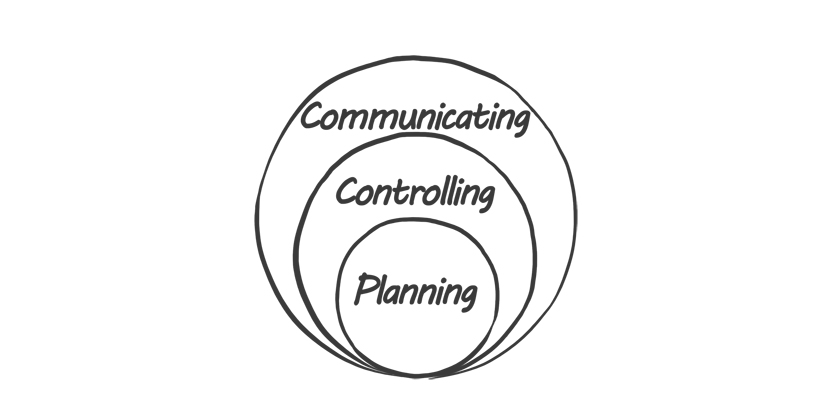One of the clear differences between projects and non-project activities is the high level of uncertainty associated with the ability to meet a project’s goals, simply because each project is unique. Despite the fact that some projects are similar to each other, each project begins at a ‘low-point of certainty’ of the project’s ability to meet its goals.
Fortunately, for most projects this point is relative to the project itself, not an absolute low point, since we usually manage projects in fields where we have previous experience. In new or innovative projects, where no prior experience exists, this ‘low-point of certainty’ is absolute. In such cases, it is crucial to utilize tighter planning and control systems—ones that are operated through smaller cycles.
For example: A plant that manufactures pens is not involved with project management in the course of routine manufacturing work. However, if a client asks for a unique type of pen, something that had never been manufactured before at this plant, that is a project with a low level of certainty. At the same time, since the plant has experience in manufacturing pens, the low level of certainty is relative to the project, not an absolute low-point.
However, if the client were to ask the neighborhood cobbler to create this same pen and the cobbler were to agree to take on the project, then that would be a project with an absolute low-point of certainty, since he would be managing a project in an area where he has no experience at all.


This low level of certainty—and the low-point associated with it—is, in fact, the ‘Primary Paradox of Project Management’, since the most critical decisions for any project are made precisely at this low-point. Making these critical decisions means making a commitment to a given project on the one hand, while delaying other projects on the other hand. Alternatively, it could mean delaying a project that should have gotten the green light.
A commitment to a project that will eventually prove to be wrong a big error with double damage. Once because the resources invested in the project went down the drain, and twice because the exact same resources were not invested elsewhere that would have generated value.
it’s important to remember! In an environment of limited resources (and it almost always is), in the very same breath that we approve Project A, we reject Project B.
The paradox, as is well known, does not have an absolute solution, only doing the best that can be done starting from planning a solid plan of the project, controlling the project effectively, and constantly engaging in effective communication.

The paradox is the legitimate reason why the scope of the project increases even without external constraints to the project.
The none-legitimate reasons are in fact due to a double paradox. Not only do we have to commit to the project at it’s low point of certainty, but up to the point of commitment to it, the client’s willingness to invest resources in it is very low and in the absence of adequate project planning resources, the best possible is quite limited.
